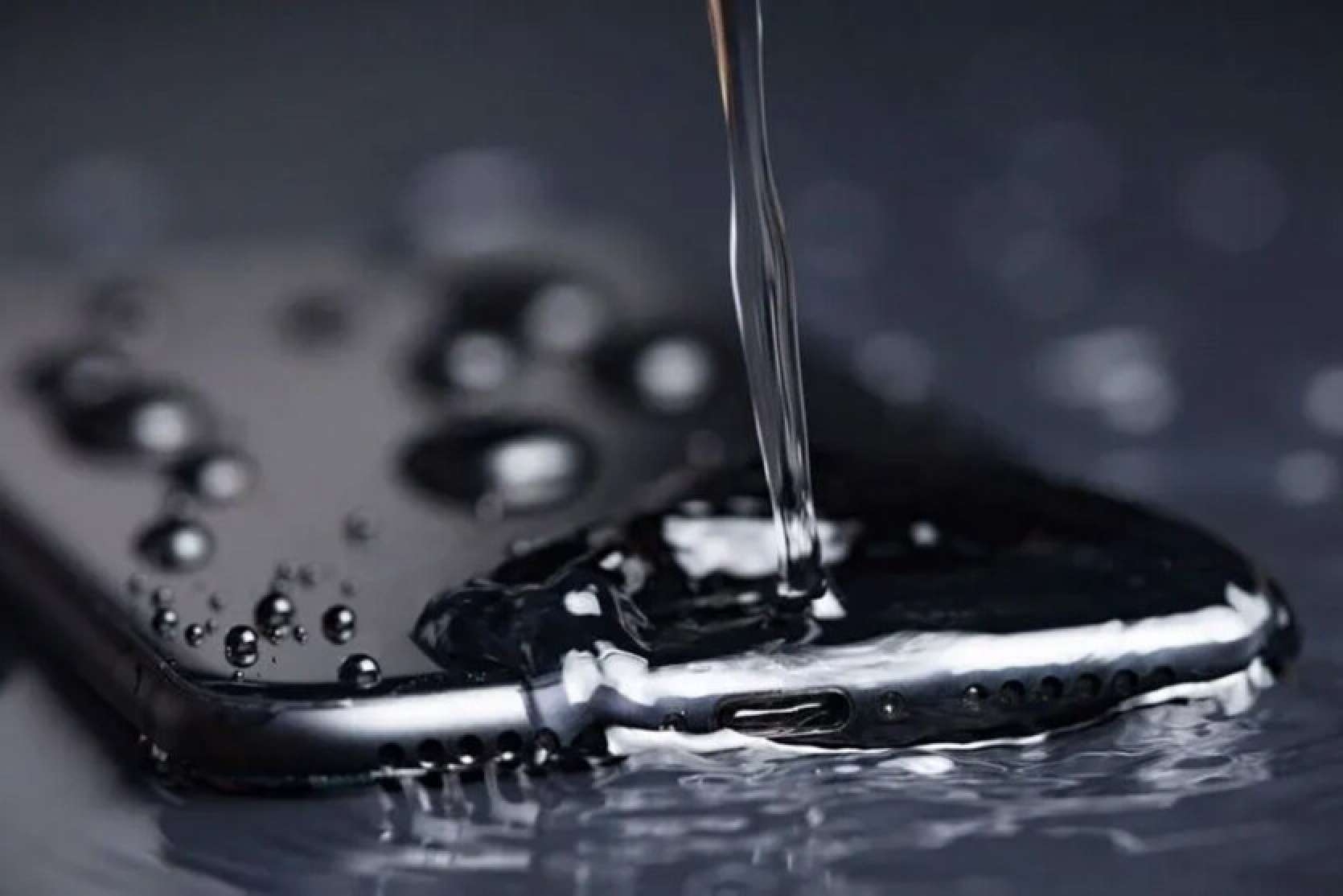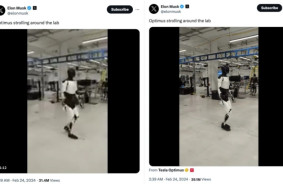For four years now, people have been liking and thanking a YouTube video in the comments. While the content may not be particularly appealing, the focus lies elsewhere. Journalists from The Verge teamed up with iFixit to test whether a YouTube video can indeed rescue a waterlogged smartphone.
The video titled Sound To Remove Water From Phone Speaker (GUARANTEED) promises the guaranteed removal of water from a smartphone’s speaker. Over the course of two minutes and six seconds, viewers see spiral-wrapped glass and, most importantly, hear a deep, quiet hum that causes the phone to vibrate on the table. This vibration is supposed to help displace the water.
Initially, Vergecast editor David Pierce inquired about the effectiveness of this method from phone manufacturers. Apple, Google, and Samsung offered nothing more informative than directing users to a support page with the question "What to do if your phone gets wet." However, a few other surveyed experts found the idea "quite reasonable." The theory suggests that since speakers move air as part of their operation, with sufficient vibrational strength, they might also displace drops of liquid.
“The lowest tone this speaker can produce at its loudest level will create the most air movement, which can push out water that has entered the phone. These YouTube videos don’t produce very deep bass. But they are in the range that a phone can reproduce,” said Eric Freeman, a senior director of research at Bose.
A prime example of how this could work is the Apple Watch, which has a specific feature for expelling water. Karsten Frauenheim, a repair engineer at iFixit, mentions that the watch operates on a principle similar to that of the video.
Thus, iFixit conducted its own testing. They submerged an iPhone 13, Pixel 7 Pro, Pixel 3, and Nokia 7.1—phones that were on hand and whose owners agreed to them being used for the study. Each phone was placed in an ultraviolet bath for about a minute, after which the device was taken out, tapped to release some water, the video was played, and then left overnight. The next day, researchers checked the phones for traces of ultraviolet dye, indicating the presence of water.
The Pixel 7 Pro was essentially dry, the Nokia 7.1 was noticeably wet, while the iPhone 13 and Pixel 3 fell somewhere in between. iFixit acknowledged that the test is not perfect: a phone's waterproofing may change over time or become damaged. Regardless of what the phone manufacturer claims, there is always a risk of getting it wet, and the consequences may worsen over time.
Regarding the YouTube video, it appears that it works, at least to some extent. During the playback, researchers filmed the devices up close: drops of liquid did indeed spray out. However, it is undeniable that the speaker cannot rid the entire phone of moisture. Researchers noted that by the end of the casing, droplets were more likely vibrating than being expelled.
Therefore, there is no harm in watching such a video—it does indeed make the smartphone drier than it was. However, it is also clear that the vibrations do not eliminate all liquids. Thus, alongside playing the video, it is advisable to follow the recommendations found on the respective technical support pages of the manufacturers.














Comments (0)
There are no comments for now